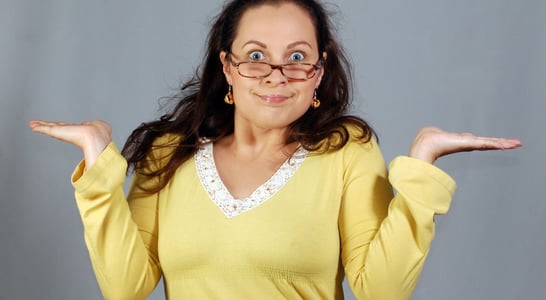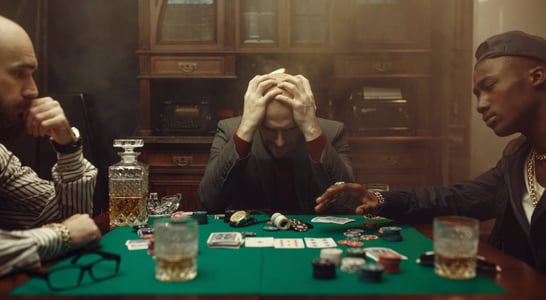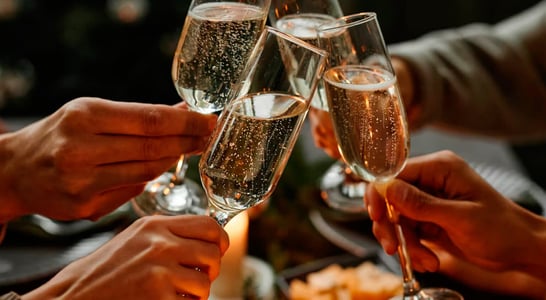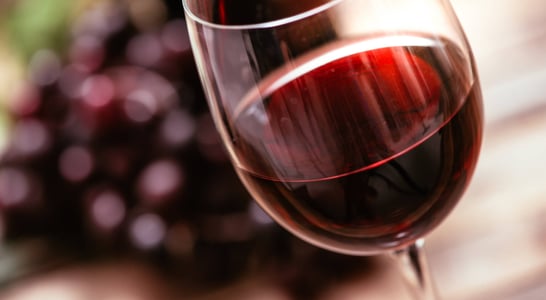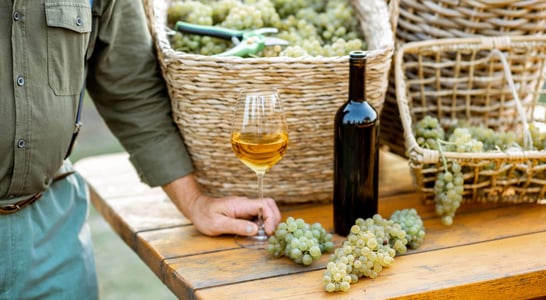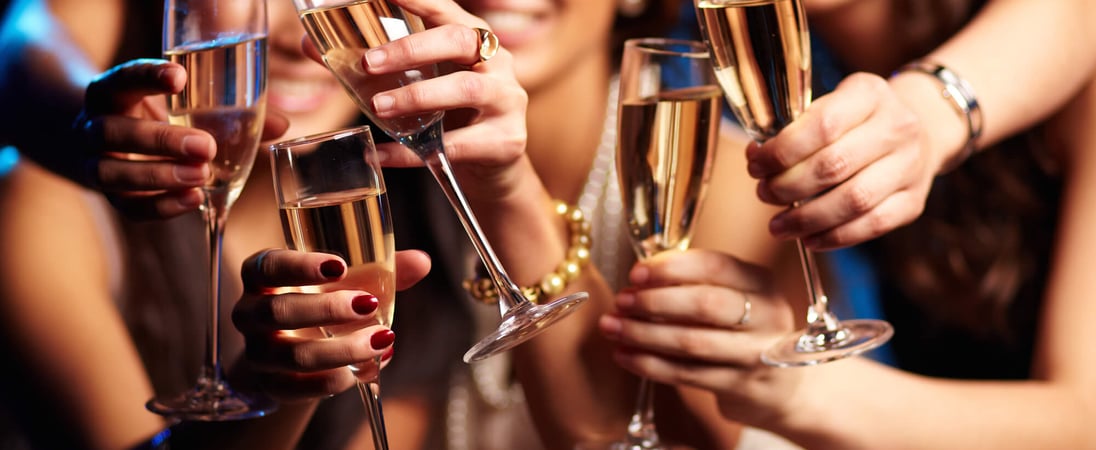
National Champagne Day
Pop open a bottle of bubbly to add some sparkle to your day or organize a tasting event to sample different French brands and fruity flavors.
There comes a time in every woman’s life when the only thing that helps is a glass of champagne.
Bette Davis
One decadent beverage has made its way into the world that is commonly thought of as the pinnacle of drinks to be brought to an important event or celebration.
Whether it’s a graduation, a retirement, a wedding, or a job promotion, it is most commonly champagne that is brought out and poured to celebrate the event.
But is it actually Champagne? It may be merely a sparkling white wine, which is decidedly not the same thing. What’s the difference? Find out by reading more about the ins and outs of National Champagne Day.
And get ready to pop a cork and open a bottle full of bubbly!
History of National Champagne Day
As was often the case due to their careful tending of vineyards, monks were responsible for the appearance of champagne into the world.
In fact, one nearly-blind monk from the Champagne region of France is credited with discovering the process of wine fermentation as it relates to the weather (cold winter, warm spring).
While it first seemed like a mistake, it turned out to be delicious. The year was 1697, this monk’s name was Dom Pierre Perignon, and some champagne is still named after him to this day.
Some English folks also lay claim to the invention of this bubbly wine, stating that the process was found 35 years prior, in 1662 in the Cotswolds.
This is when a scientist named Christopher Merrett wrote down his process of putting bubbles into wine by the addition of sugar. But whoever gets credit for it, it’s a delightful addition that the world is happy to enjoy!
It is important to understand that when a person is speaking of champagne, it is not the lackluster sparkling white wine that is often served by those who don’t know any better! While they often use the name champagne, typically incorrectly, the only true champagne comes from the French province of the same name.
It’s no surprise that the French are particular about what is allowed to be called champagne, as the four styles of true champagne that exist on the market are produced according to very strict standards set by the organizations in charge of such things.
The four types of champagne are distinguished both by which area of the province they come from, as well as what forms of grape are used in their manufacturing process.
So what makes the difference between champagne, prosecco and all sorts of other bubbly white wines? First, the types of grapes champagne makers use typically will include varieties such as Pinot noir, Chardonnay or Pinot Meunier in their blends.
A couple of others that might be used include Pinot Gris or Petit Meslie. And they are all, of course, from the Champagne region of France.
While some champagnes are sweet and others are a bit drier, they will typically have similar flavors, including hints of apple, orange zest, white cherry or almond. The aging process sometimes gives it a bit of a strange aroma that contains hints of cheese-rind, toast or brioche.
In spite of all the bottles out there that may bear the name “sparkling white wine,” there are only a few that are truthfully champagne, and it is worth your time to ensure that you’re drinking the genuine article.
For those who are a fan of champagne, or think they are, this is the perfect day to get out there, acquire the true article and enjoy it!
How to Celebrate National Champagne Day
National Champagne Day is certainly a cause for celebration! Consider these ideas for getting involved and sharing the day with others:
Drink Some Champagne
Whether buying a bottle to take home or ordering some at a favorite fancy restaurant, this is definitely the day to drink champagne! Maybe it’s time to try a different label based on what is notable about it:
- Tsarine–from the world’s second oldest Champagne house, Chanoine Frères
- Piper-Heidsieck–affordable but still delicious
- Perrier-Jouët–offers a wide range, with the most beautiful bottles
Learn Fun Facts About Champagne
This is the perfect day to pull out a few pieces of information about champagne that can be shared around a bottle with friends or coworkers. They’ll be impressed with all of that champagne-related knowledge! Try out these bits of trivia:
-
A typical bottle of true champagne contains almost 50 million bubbles. No wonder its affectionate nickname is “bubbly”.
-
A flying cork from a bottle of champagne can reach speeds up to 64 kilometers per hour. Be careful with that cork!
-
Champagne can be very expensive. In fact, the most expensive bottle of champagne ever sold fetched a price of more than $2 million USD.
-
While many people think the martini was James Bond’s favorite drink, champagne has made an appearance in the Bond films more than 35 times, many of these times revealing the Bollinger label.
Host a National Champagne Day Tasting Event
One great way to celebrate National Champagne Day is to organize an event with your friends and family that will be a tasting, and get four bottles of real Champagne to try.
Additionally, it might be interesting to write up cards that describe the manner in which these wines are produced, and what distinguishes one from another.
There are some things in life that are truly worth the effort to enjoy properly, and it is our opinion that the sparkling white wine known as “Champagne” is among them.
National Champagne Day Timeline
1662
Christopher Merritt documents putting fizz into wine
An English scientist, physicist and naturalist, Merritt writes a paper to note how winemakers in England are adding sugar to the wine to make it bubbly.[1]
1697
Dom Pierre Perignon masters “sparkling wine”
Serving as cellar master for his monastery near Epernay, Dom Perignon does not exactly “discover” this sparkling wine, but he takes it to the next level. He works particularly hard to avoid a second fermentation, which breaks the bottles.[2]
1891
Treaty of Madrid restricts the use of the name “Champagne”
In an effort to maintain control over the use of their regional name, the French seek to limit the use of the name only to those sparkling wines that are actually produced in the Champagne region of France. This will eventually be affirmed by the Treaty of Versailles in 1919.[3]
1921
Dom Perignon branding is introduced by Moët & Chandon
Originally produced by an aged version of their own vintage wines, eventually the company will produce the Dom Perignon line as a unique production.[4]
2013
Taste of Diamond champagne sells for $2.07 million USD
Also known as Gout de Diamants, this bottle boasts a label made of pure white gold that houses a pure Swarovski crystal and is recognized as the most expensive single bottle of champagne sold worldwide.[5]
National Champagne Day FAQs
How did Champagne earn the nickname “the devil’s wine”?
In its early production, Champagne bottles often exploded due to pressure from trapped carbon dioxide. This unpredictability led to the moniker “le vin du diable” or “the devil’s wine.”
Is it true that Champagne corks can fly at high speeds?
Yes, a popped Champagne cork can reach speeds up to 40 km/h (24.8 mph). This makes it essential to handle bottles carefully to prevent accidents.
What is the significance of the blida glass in Champagne traditions?
In the Champagne region, locals sometimes drink Champagne from blidas—small, sturdy glasses. This tradition reflects the area’s glassmaking heritage and offers a casual way to enjoy the beverage.
How did English innovations contribute to the development of sparkling Champagne?
In the 17th century, English scientist Christopher Merret documented adding sugar to wine to induce a second fermentation, creating bubbles.
Additionally, English glassmakers developed stronger bottles that could withstand the pressure of sparkling wine.
Why is Champagne associated with luxury and celebration?
Champagne’s association with luxury dates back to French kings being anointed in Reims, where Champagne was served during coronation festivities. Over time, it became a symbol of opulence and celebration.
What are some unique global traditions for celebrating Champagne Day?
In Japan, Champagne is often paired with sushi, highlighting its versatility.
In Argentina, it’s common to enjoy Champagne with empanadas during festive occasions. These pairings showcase the global appreciation for Champagne.
Is it true that Champagne was initially an accidental creation?
Yes, the first sparkling Champagne was created accidentally. The pressure in the bottle led it to be called “the devil’s wine,” as bottles exploded or corks popped.
How do locals in the Champagne region prefer to open a bottle?
Champenois favor opening Champagne bottles with a gentle “sigh” rather than a loud pop, preserving the wine’s integrity and avoiding waste.
What role did the Treaty of Madrid play in Champagne’s identity?
The 1891 Treaty of Madrid restricted the use of the name “Champagne” to sparkling wines produced in France’s Champagne region, protecting its authenticity.
How did the tradition of Champagne showers in sports originate?
The practice began at the 24 Hours of Le Mans race in the 1960s when a winning driver accidentally sprayed the crowd with Champagne, starting a celebratory trend.
Need some inspiration?
Check out these videos for some extra inspiration in getting involved!
Also on ...
View all holidaysMake Up Your Mind Day
In a world filled with endless choices, the power of decisiveness shines as a guiding star through life's intricate maze.
No Interruptions Day
Creating a quiet bubble of concentration, shutting out the world's noise, and zeroing in on your tasks with undistracted determination.
Unlucky Day
Sometimes life can feel like a rollercoaster. Embrace the challenges, learn from them, and keep pushing forward towards your goals.
We think you may also like...
National Bubbly Day
With its effervescence and delicate bubbles, this celebratory drink is perfect for toasting to life's big moments.
National Red Wine Day
Rich, velvety flavor and bold notes — this drink is the perfect complement to any occasion, from an elegant dinner to a cozy night in.

